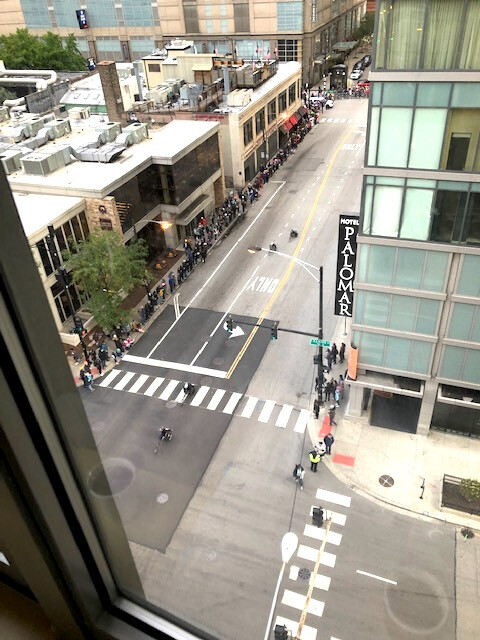What Does Renewal Look Like in our Time?
Throughout the eight years I have served in the Diocese of Dallas, a question has nagged at me, as if beneath much of what we do. What does renewal look like in our changed, often challenging circumstances? A generation ago, the ready answer was ‘Cursillo,’ and I as a Cursillista myself, I continue to be an advocate for that program. But in recent years its numbers have declined, and efforts to find a streamlined version were understandably sidetracked by the pandemic. Now I find myself returning to this question.
The renowned theologian of Anglicanism, the late Bishop Stephen Sykes, liked to describe our version of authority as ‘dispersed.’ What if something similar could be said of renewal in our time? Instead of searching for a single answer, wouldn’t we do better to think of the elements which ought to be present, even if they seem at first to be scattered throughout our common life?
When we ask the question this way, we come to see that we have already been addressing this question, gradually and in steps. We continue to offer Alpha as an evangelistic opportunity, under Carrie’s leadership. A more focused form of the this vocation is the invitation to our orders of evangelist and catechist. Another area of renewal may be called cognitive, theological, perhaps catechetical (from the Greek word for ‘teaching’). Here we have developed materials for catechesis from a variety of writers (including one offering in Spanish thanks for Father Ignacio Gama). For those who want to go deeper, the Stanton Center, under Canon Christopher Brown’s leadership, offers an excellent roster of theologian-teachers. Finally, in the area we might think of as more spiritual, spiritual theology and Benedictine retreat, under the, direction of Bishop Michael Smith, continues to expand and reach new audiences. Finally I would mention that we intend to make a more sustained foray in healing ministry, which we began as part of our Mission and Parish Days.
Heart, mind, and spirit are all included in these dispersed forms of spiritual renewal. My hope is that looking at them synoptically will encourage and energize us to take the next steps into which the Lord is inviting us.
Peace,
+GRS



